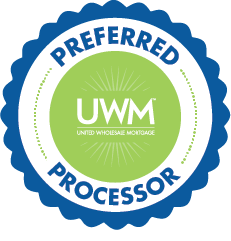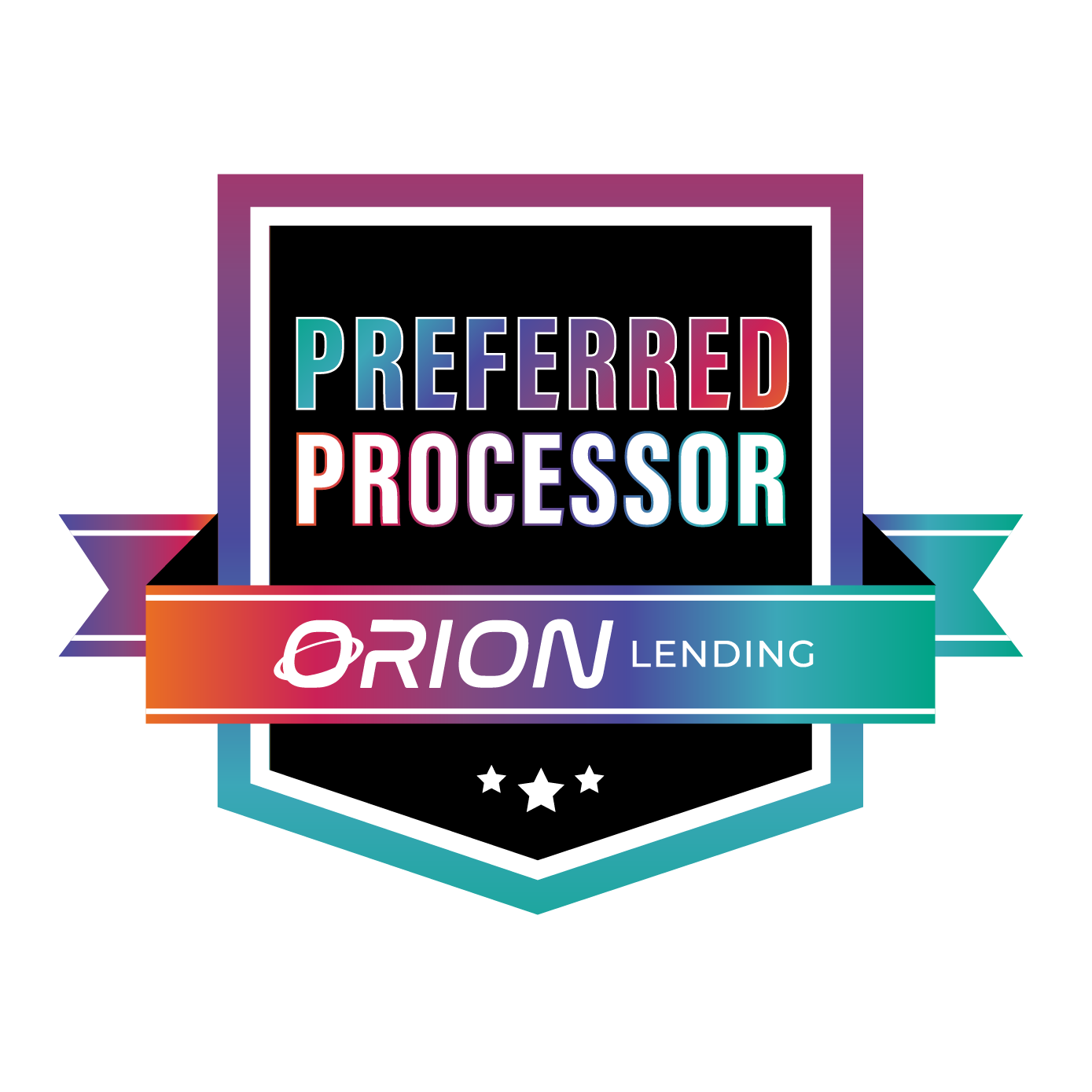How to Build a Referral Network That Actually Refers

Did you know that a whopping 65% of new business opportunities come from referrals and recommendations? It makes sense that many mortgage professionals spend extensive time networking, chasing that stat. But unfortunately, some don’t see the ROI they might have expected.
That’s because, when it comes to advancing your career, there’s a difference between a network and a referral network.
Here’s how to get started building a system that actually works.
Clarify the Goal of Your Referral Network
Start by answering one simple question: What do you want your referral network to do?
Odds are, you want a strong community of people who consistently send you warm, qualified leads. You probably also want to like, trust, and respect the members of your network, so when it comes time to reciprocate and send someone their way, you feel confident in that decision.
A strong referral network ultimately comes down to trust, relevance, and quality over quantity.
Review Compliance
Once you’re clear on goals, it can’t hurt to brush up on compliance. That’s true whether you’re brand new to the industry or a seasoned pro.
This isn’t legal advice, and you should consider consulting your company’s compliance team or referring to the Real Estate Settlement Procedures Act (RESPA) guidelines for the latest. But, in general, mortgage brokers can’t give or receive anything of value in exchange for a referral or mortgage business.
That includes:
- Cash or referral fees
- Gift cards or services
- Discounts, marketing contributions, or event tickets
- Any agreement that ties something of value to the act of referring clients
You can consider co-hosting events, sharing educational resources, or partaking in other kinds of professional collaboration. Just keep it clear that those actions aren’t conditional on referrals.
At the end of the day, compliance is king. So, you’ll need to be absolutely sure you’re following all relevant rules and regulations.
Identify Ideal Members of Your Referral Network
Once you’re clear on compliance, you can start assembling your referral network.
Local real estate agents might be ideal candidates. But you could also explore additional avenues.
Consider connecting with other professionals whose clients might need home financing services, including:
- Financial advisors
- CPA and tax preparers
- Divorce attorneys
- Estate planners
- Insurance agents
- Builders and remodelers
After all, you never know where your next lead could come from.
Craft Your Value Proposition
Your contacts will want to ensure that anyone they refer will be in good hands. That’s where your value proposition comes into play.
Consider crafting an elevator pitch that makes it easy for anyone to understand your services and approach. Include:
- What you do best (this is the value you’d provide to anyone they might refer)
- Who you serve best (this is your ideal client, or the kind of individual they might consider sending your way)
- Your unique selling points (this will distinguish you from other mortgage professionals)
Here’s an example you can work off of:
“I help first-time homebuyers navigate the mortgage process with clarity and confidence. I specialize in simplifying home financing options, breaking down what’s realistic for each buyer, and helping them get pre-approved quickly.
My clients are typically younger buyers, busy professionals, or couples who are new to the process and want a mortgage professional who’s not just fast, but also highly communicative.”
Having a pitch like the one above (but of course tailored to you specifically) can succinctly clarify who you are, what you do, and what sets you apart.
Build Trust with Your Referral Network
Before you officially promote your services, you’ll need to build trust. That way, your elevator pitch will feel less like a hard sell and more like a welcomed solution.
You might consider:
- Liking, commenting, and sharing your contacts’ social media posts
- Sending them tools or insights that the contact might find helpful
- Sending leads their way whenever possible (and appropriate)
- Inviting them to collaborate on co-branded events or initiatives
- Offering help and support whenever possible
Juggling these tasks alongside your day-to-day responsibilities can be a challenge. So, consider setting aside dedicated time each week or adding them to your regular to-do list to stay on track.
Continue Growing and Nurturing Your Referral Network
Once your referral process is up and running, all that’s left to do is grow and nurture.
You might start by:
- Proactively adding new contacts to your referral network
- Providing continued value through market updates, regular events, or other engagement opportunities
- Connecting various members of your referral network, spreading the reciprocity
- Taking some time to recognize top referral partners, even if it’s just saying a quick word of thanks
- Asking for feedback to determine what’s working and what could be improved
Remember: Your referral network isn’t something you can set and forget. It takes continued care, strategy, and attention to really pay off.
Wrapping Up: Building Your Referral Network
A strong referral network could mean increased leads, higher close percentages, and overall business growth. But getting there must be intentional, not accidental.
The good news? By building a strategic foundation, ensuring you remain compliant, identifying key contacts, demonstrating your value, building trust, and maintaining the health of your referral network, you’ll be well on your way.
Happy networking!




